Barry Walking Himself
Anastasia Sosunova
22.11.2019 — 11.1.2020
Once, scrolling through the social media group for a small Vilnius neighbourhood, I came across a photo that had been posted of a solitary dog who was rambling around the block. Among the gel nail offers and parking complaints in the group feed, this one stood out. The author of the photo asking “Did anyone lose their dog?” was instantly introduced to Barry in the comment section below — “Please meet Barry, our neighbourhood dog walking himself”; “It’s Barry, and he’s OK”. I thought that Barry could join my collection of stories about unsung heroes. It’s no secret, I like stories. But I didn’t really notice how gradually Barry became a working title for this show.
Modern neighbourhoods are famous for their electronic gates, active yet xenophobic communities, obstacle-prone designs and the restless removal of all kinds of distortions. Letting Barry walk himself, I thought, was a small thing they agreed to turn a blind eye to, and this breach was important. A kind of consensual blindness, an expression I stumbled upon in one of Paul Chan’s texts1: that kind of silent agreement “that allows the collective to recognize that nothing is settled, that everything can still be altered, that what was done — but turned out badly — can be done again”.
When imagining the coexistence of entities I picture snake-shaped creatures swallowing and absorbing things that don’t fit their body definitions. I see walls giving up their impregnability and gripping objects that are leaning on them; armour getting abandoned and repurposed as bird feeders. I imagine fortifications and protective wear losing their functions and being reused by a zero waster’s creativity. As the digestion proceeds, nothing’s surprising anymore: pigeons are eating pizzas, lawnmowers are free-roaming around the block, teenagers are playing with the glimpses of fire, and loud confessions are being made on transport. All are there, fitting in this strange organism of coexisting identities, whose body is terrain for mundane aberrations in the quiet and structured life of a district.
“Ignorance is the ground of thought. Unproof is the ground of action”, says the foreteller Faxe in “The Left Hand of Darkness”2. It might sound like a joke, but the foreteller’s insight is yet another secret of being that I learn from science fiction. It’s worth searching for a language to articulate our retreat and gentle openness, to the unknown, the unforetold, the unproven. To find a place and time where nothing is exotic anymore, and things don’t need to be positioned with regard to the ‘center’. The vernacular I’m looking for might be constructed out of visions and materials rather than words. In broad daylight, full of errors.
1Essay “The Unthinkable Community” by Paul Chan https://www.e-flux.com/journal/16/61274/the-unthinkable-community/
2“The Left Hand of Darkness”, a science fiction novel by U.S. writer Ursula K. Le Guin, published in 1969.
Text by Anastasia Sosunova
Graphic design by Aleksandra Samulenkova
Photos by Madis Kats
The exhibition is supported by Cultural Endowment of Estonia, city of Tartu and Lithuanian Council for Culture and organised in collaboration with Vilnius gallery (AV17).


Press and Publications
Näitusevalvuri päevik – Koer, kes kõnnib omapäi
Margit Lõhmus. Sirp. 11.01.2020.
Photo Reportage in tzvetnik online

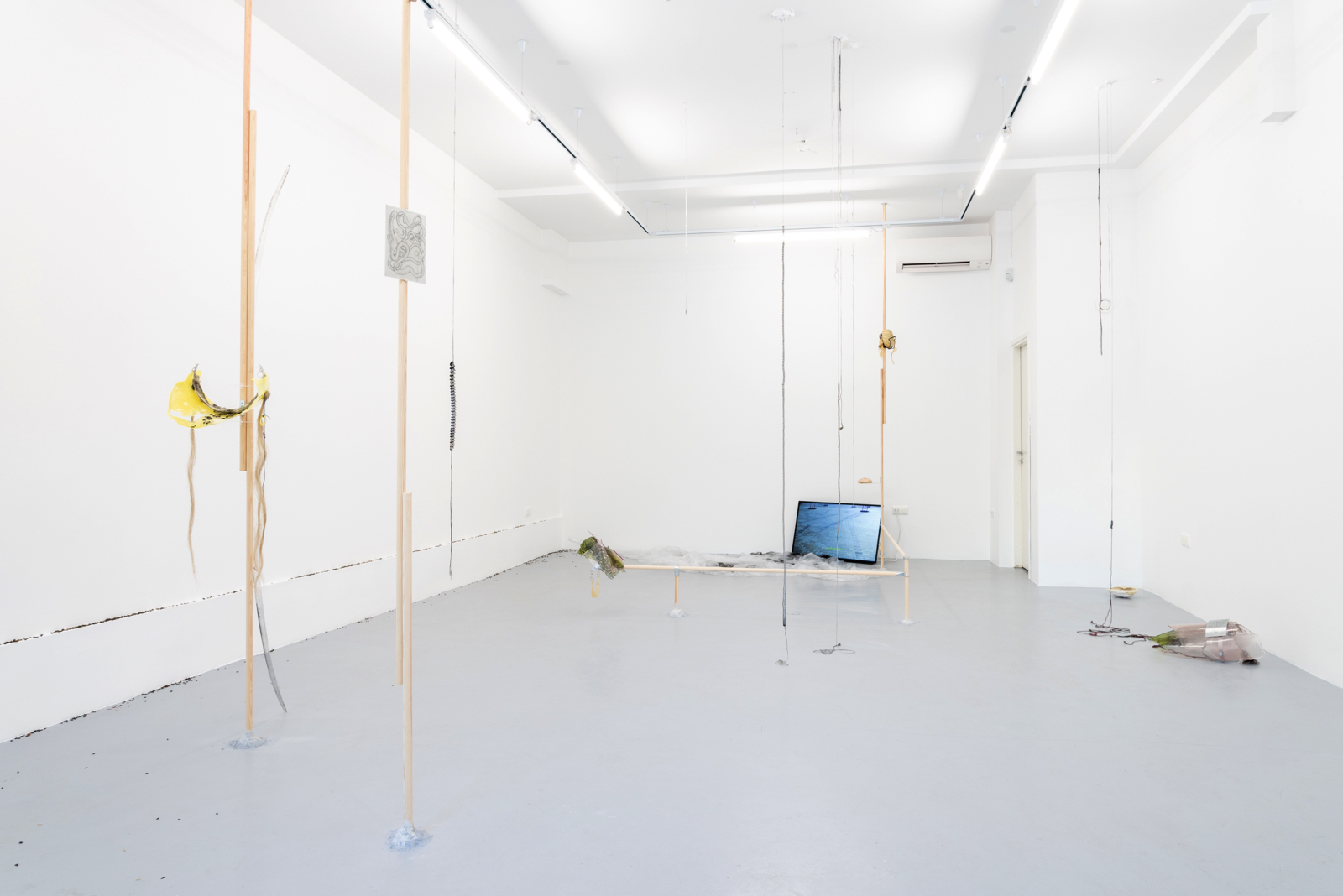
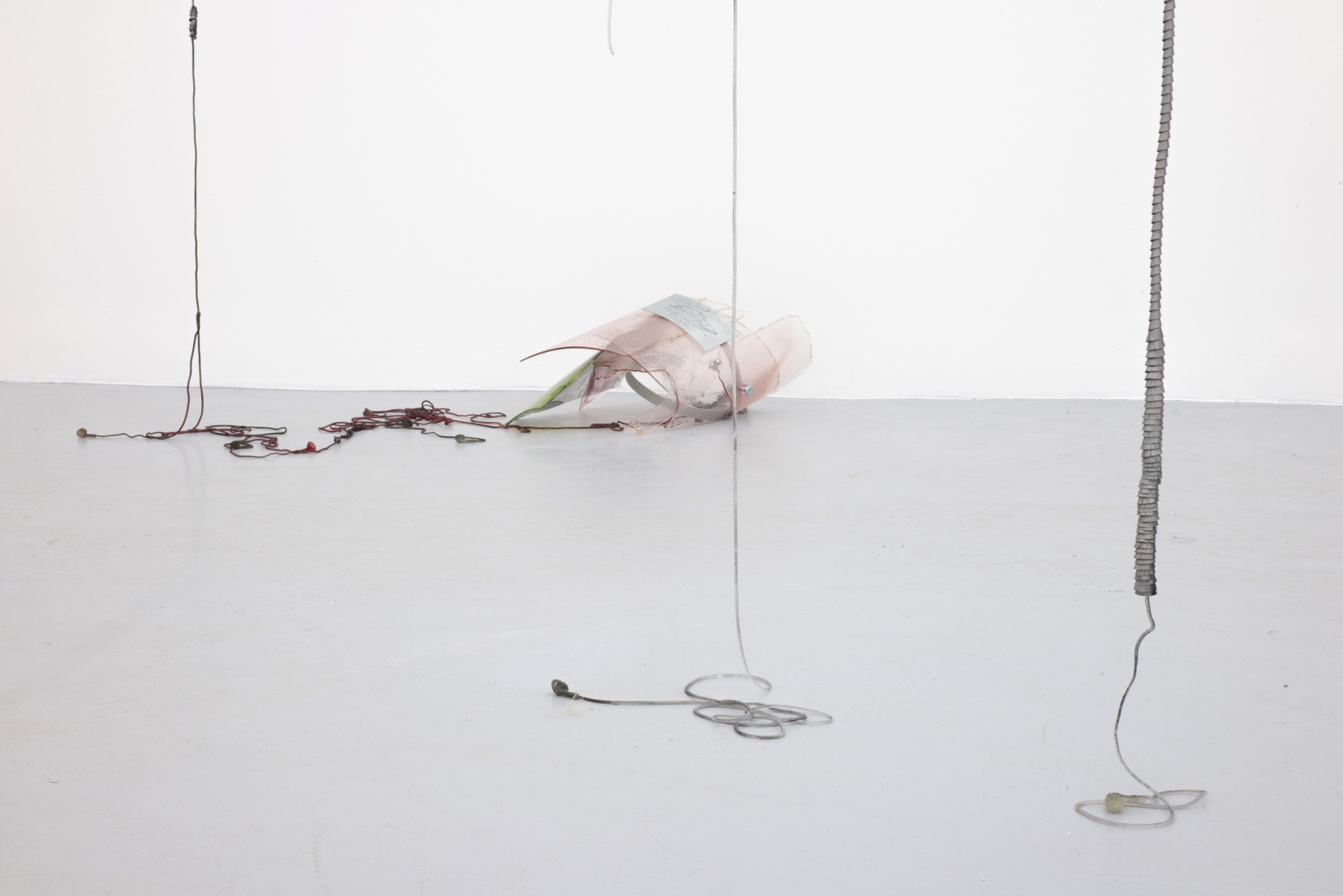
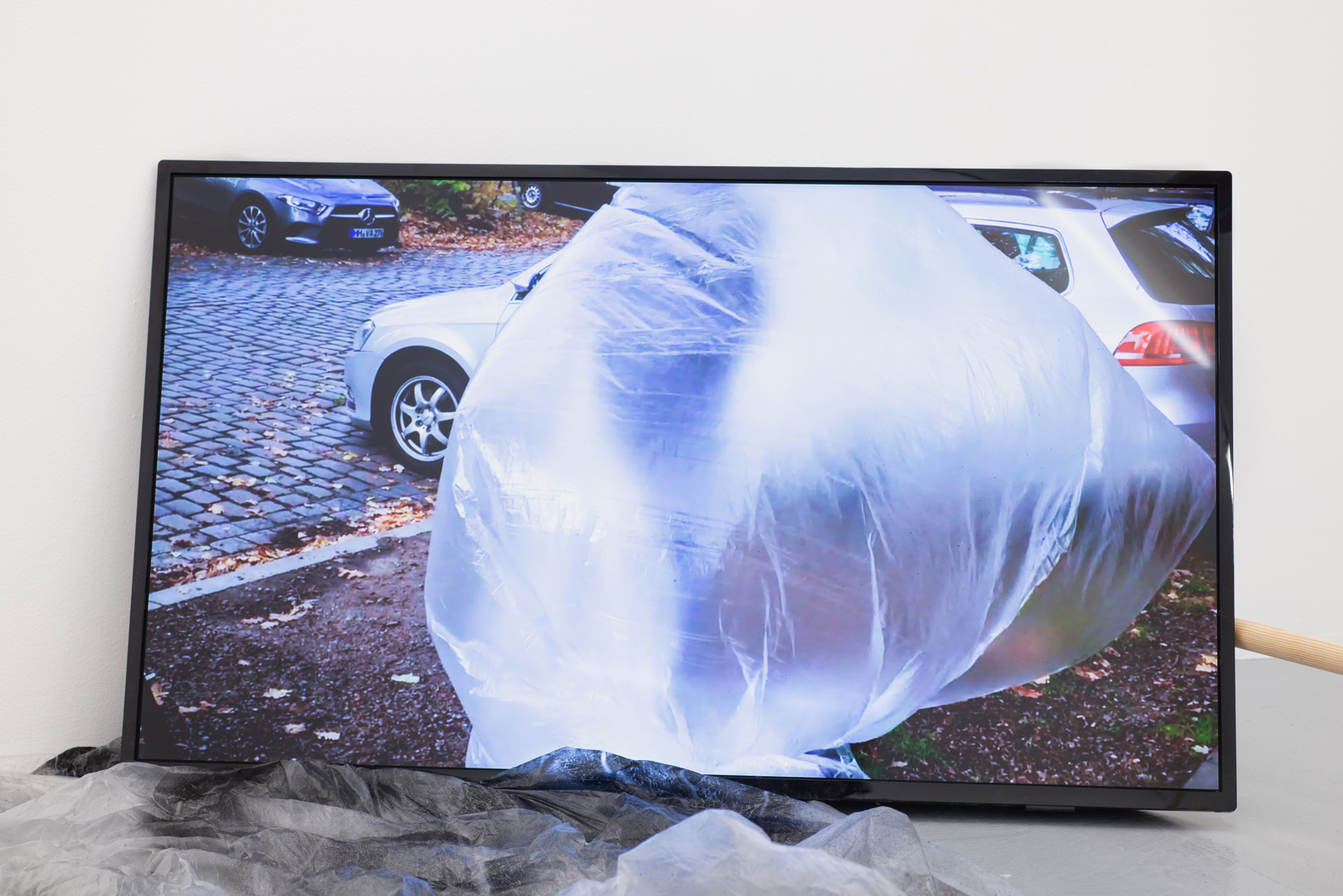
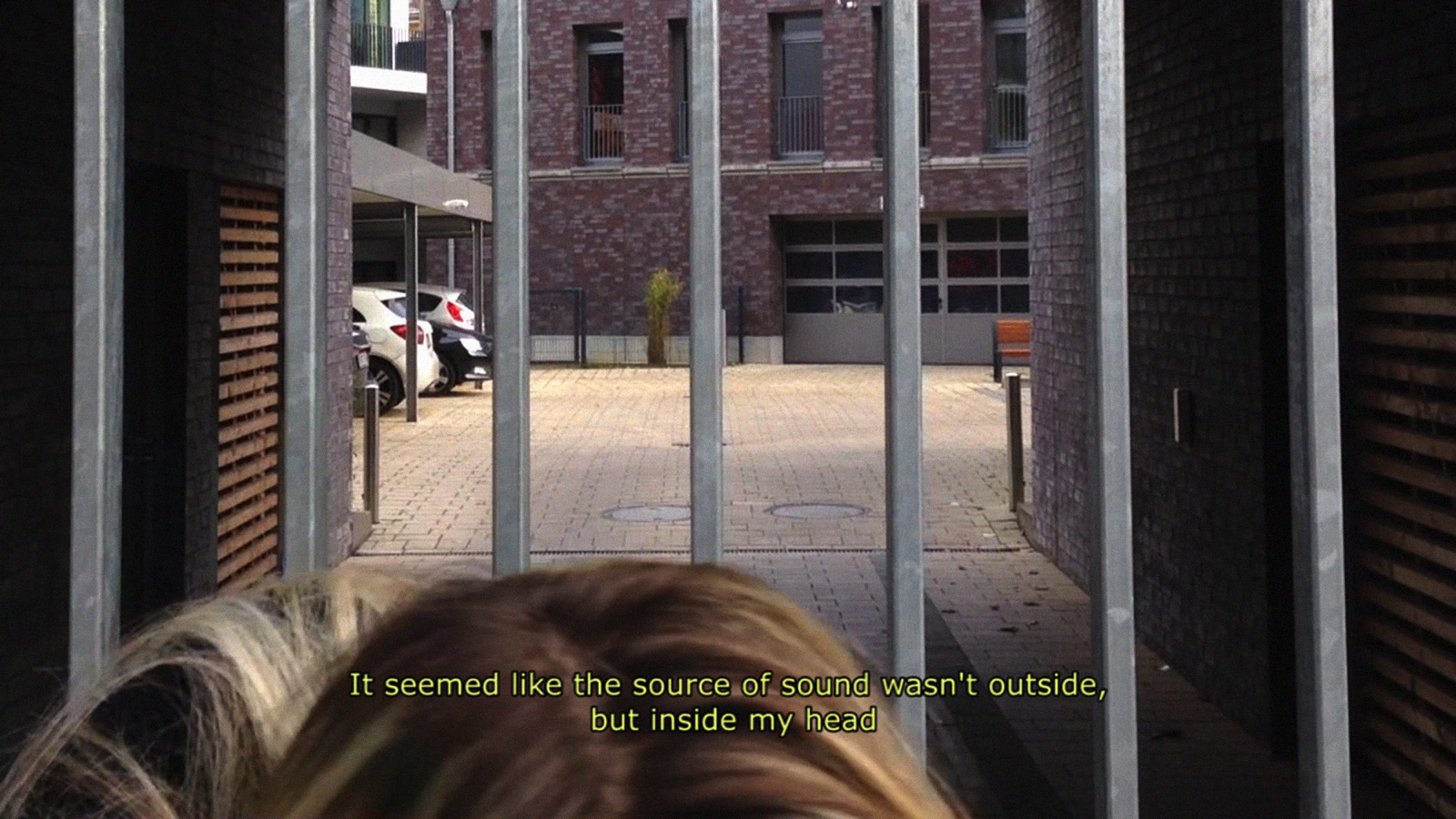
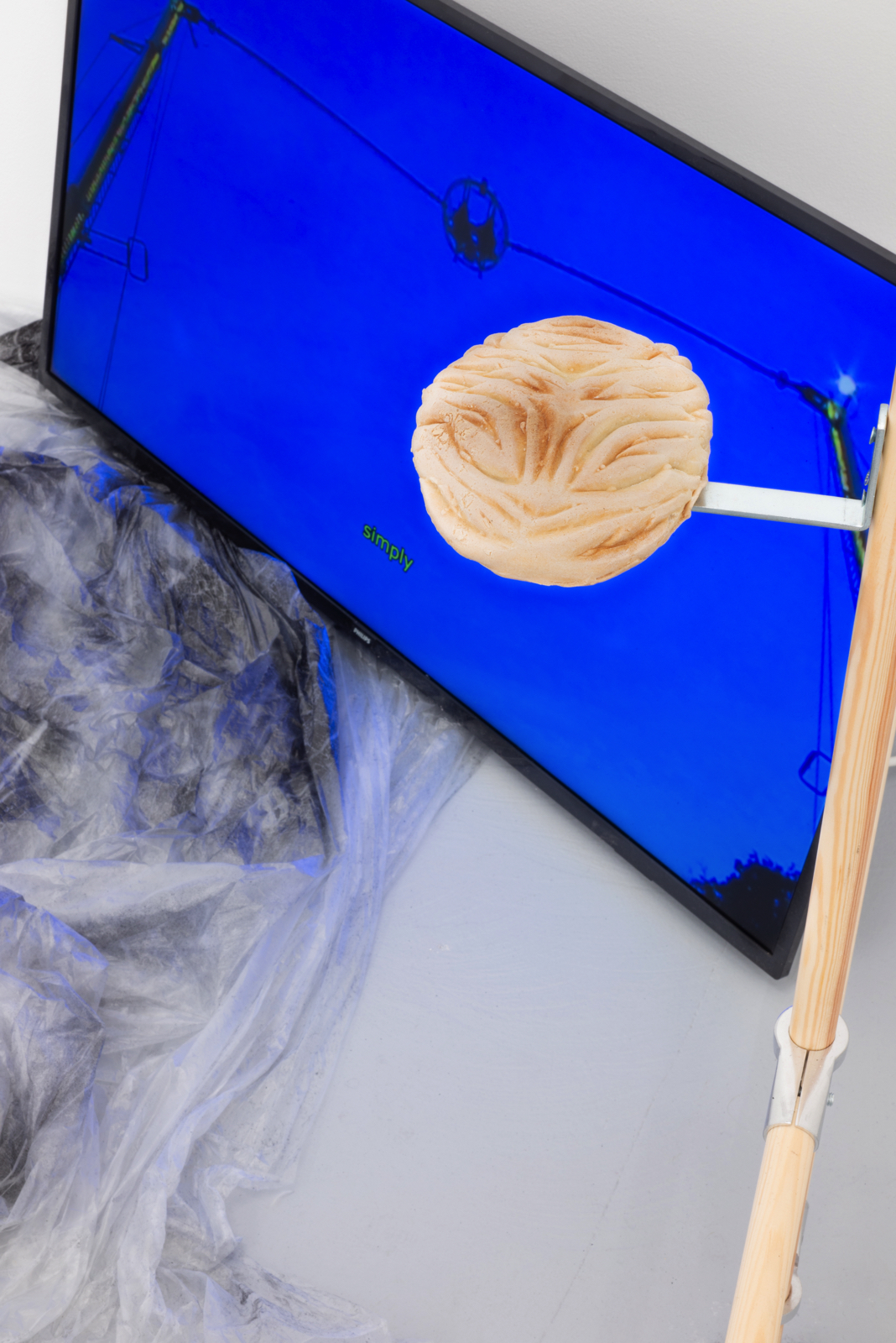

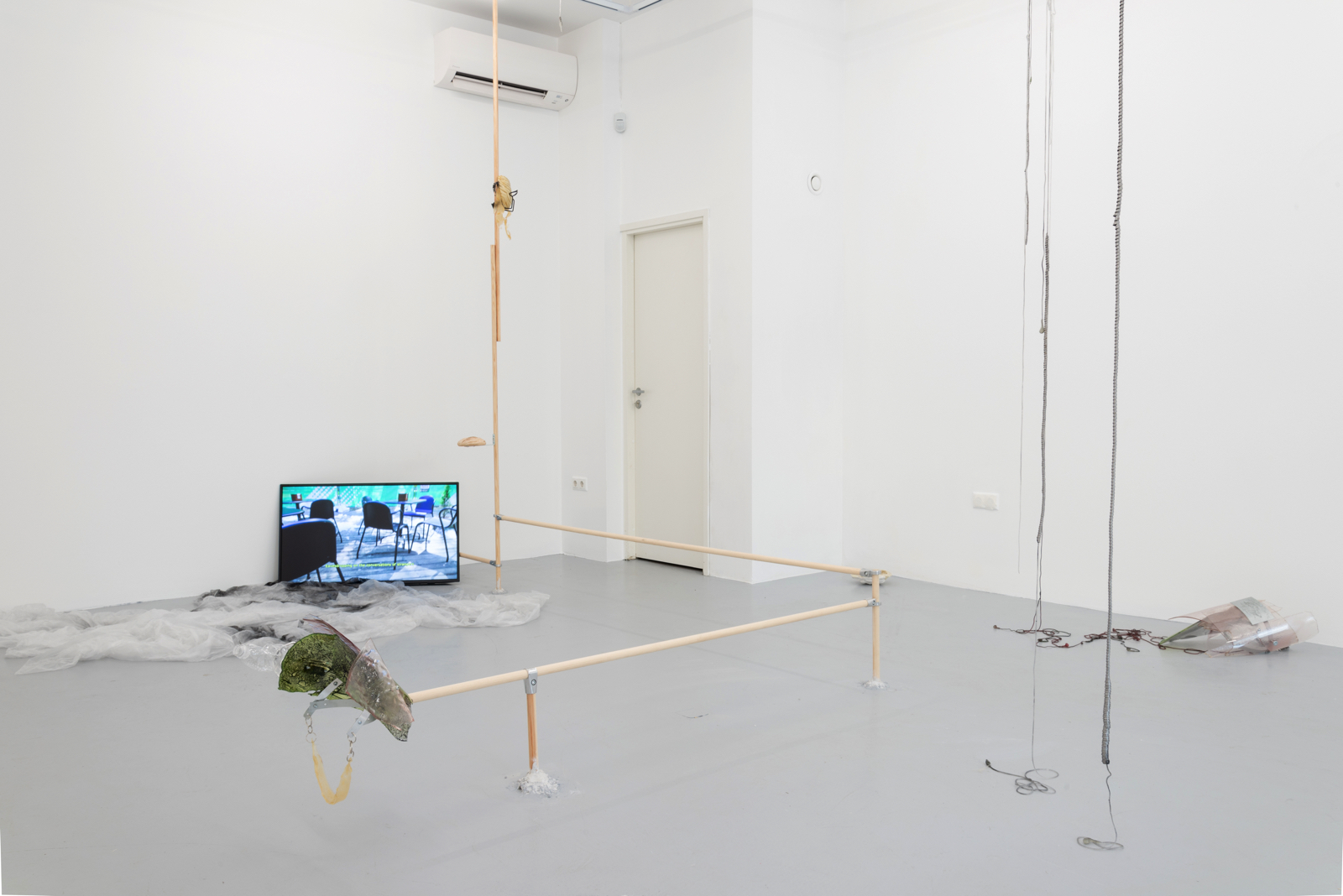
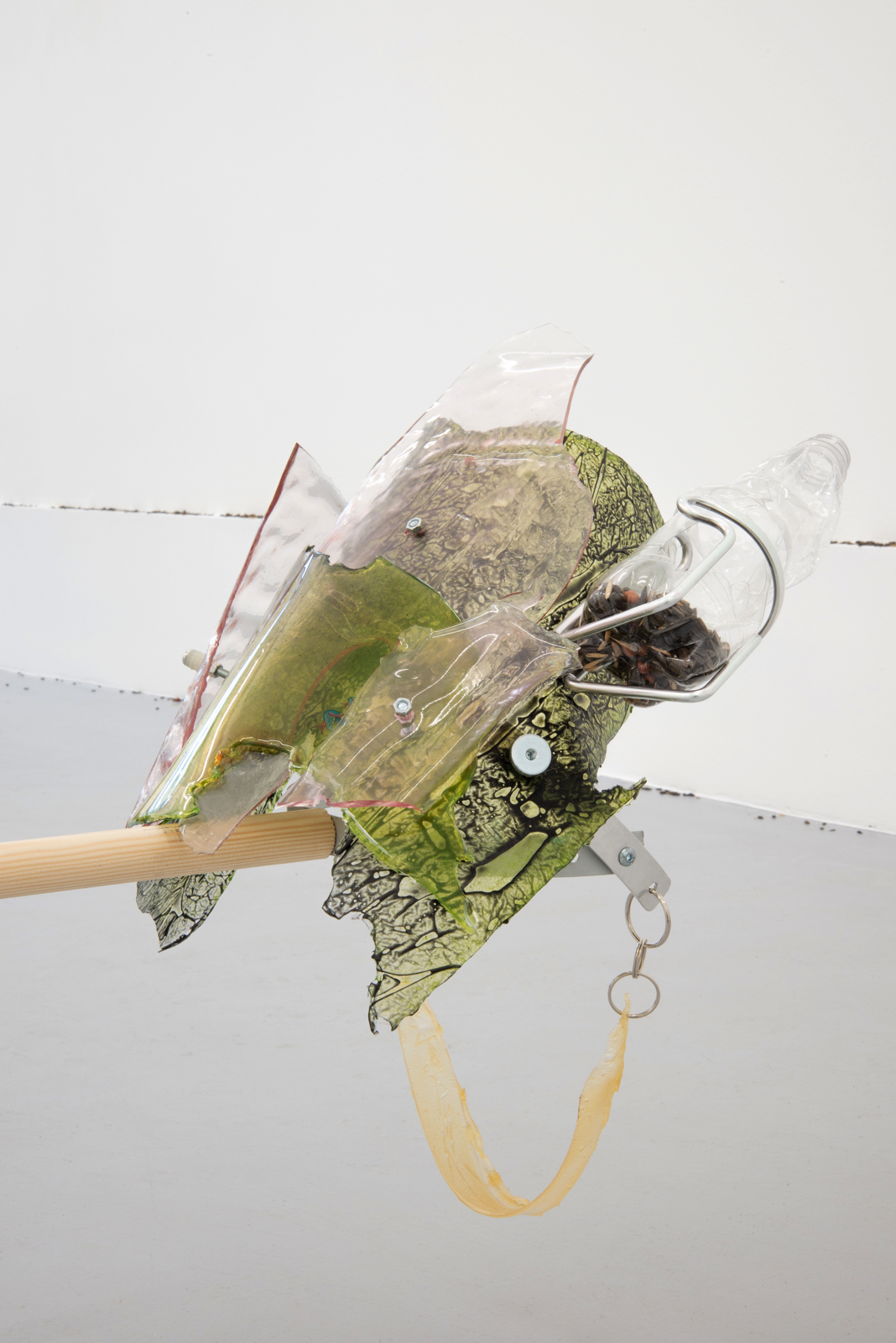
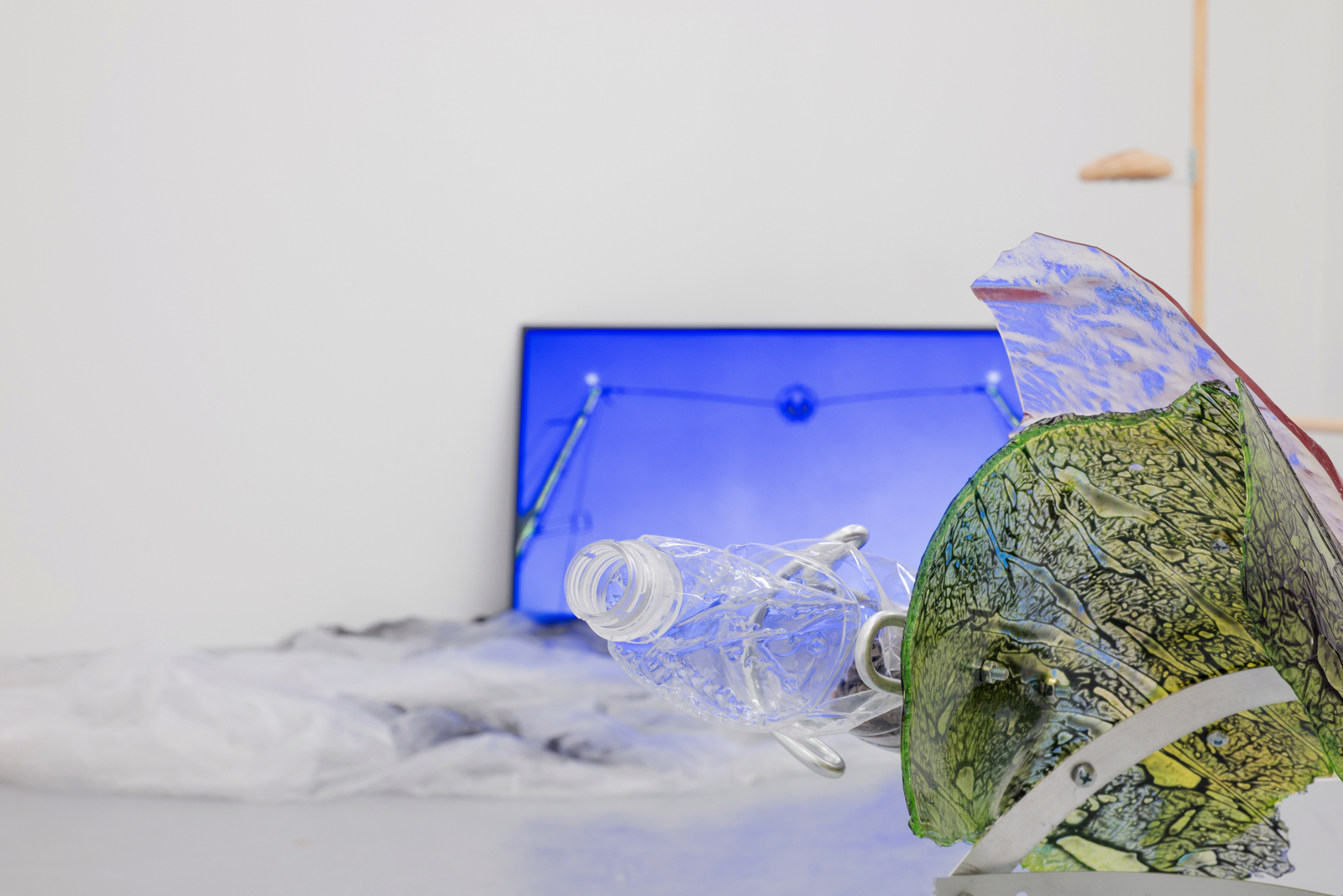
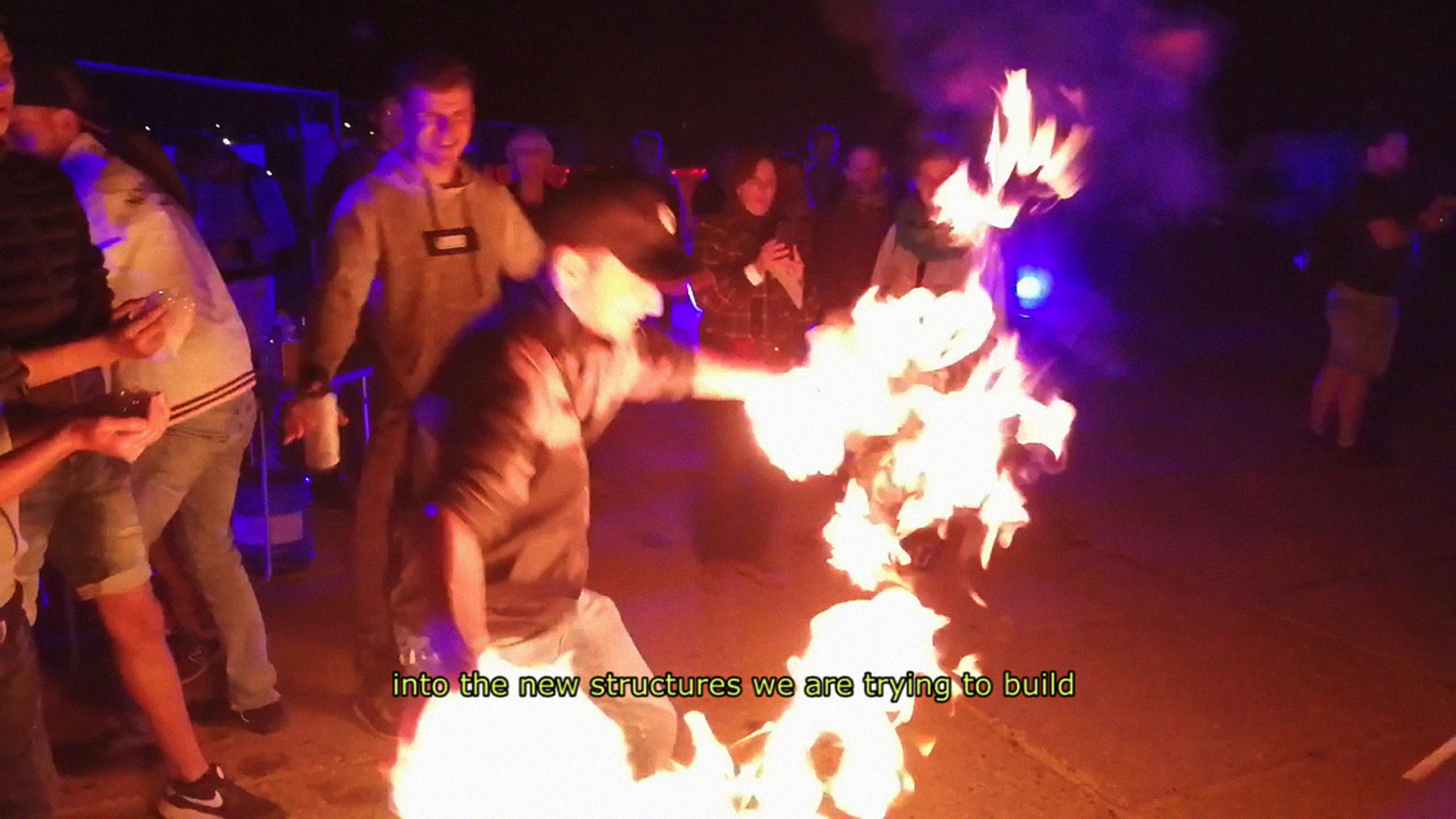
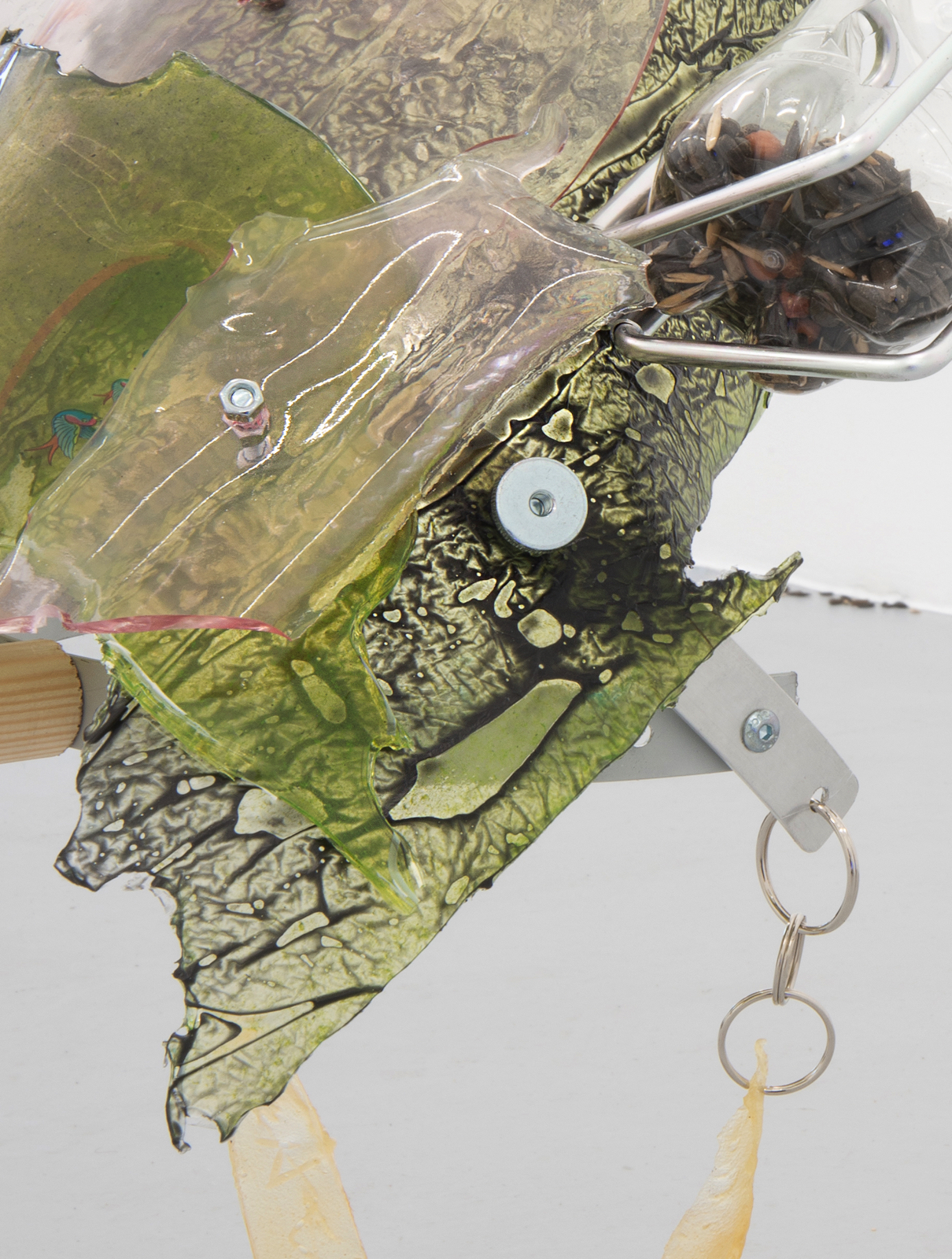

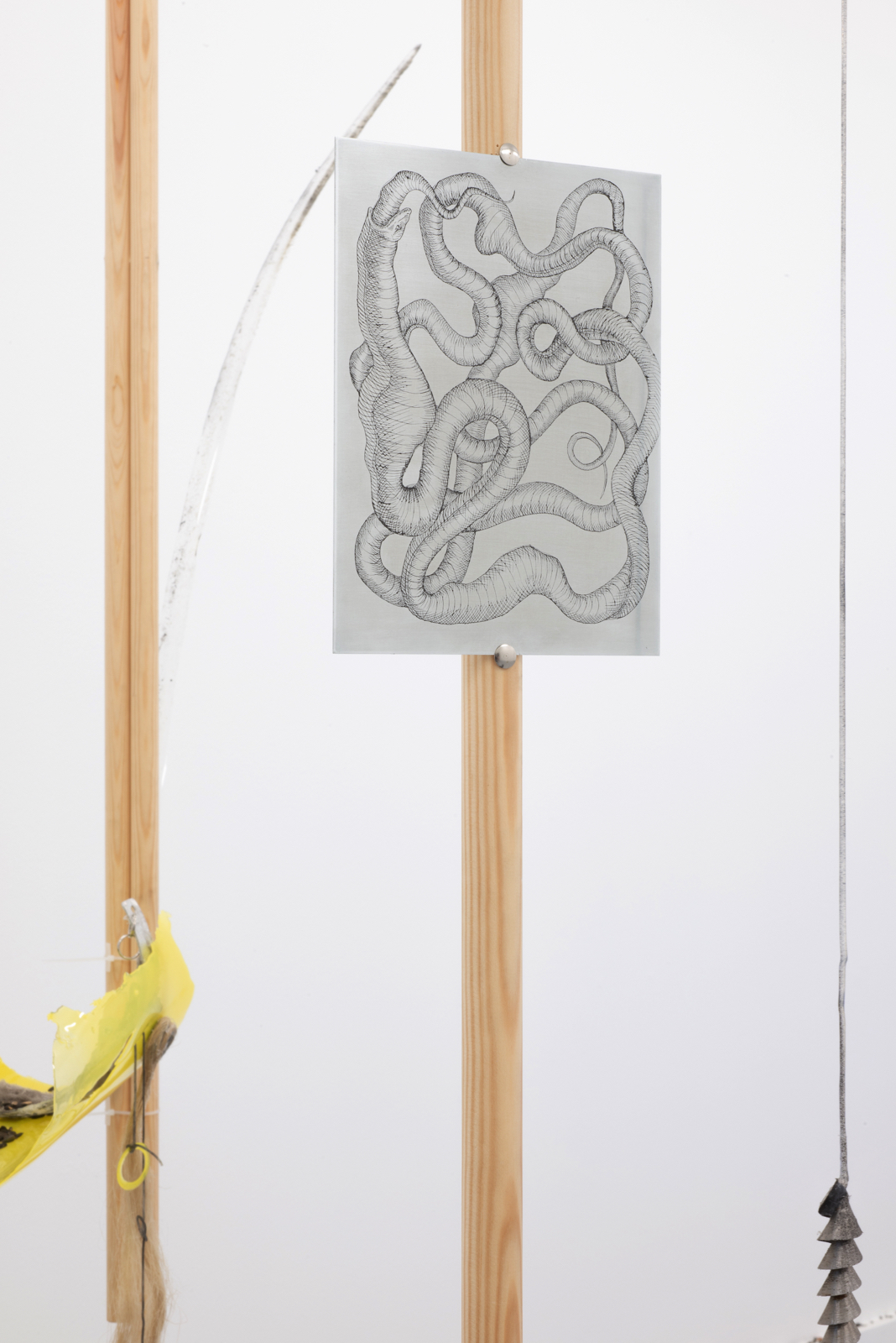
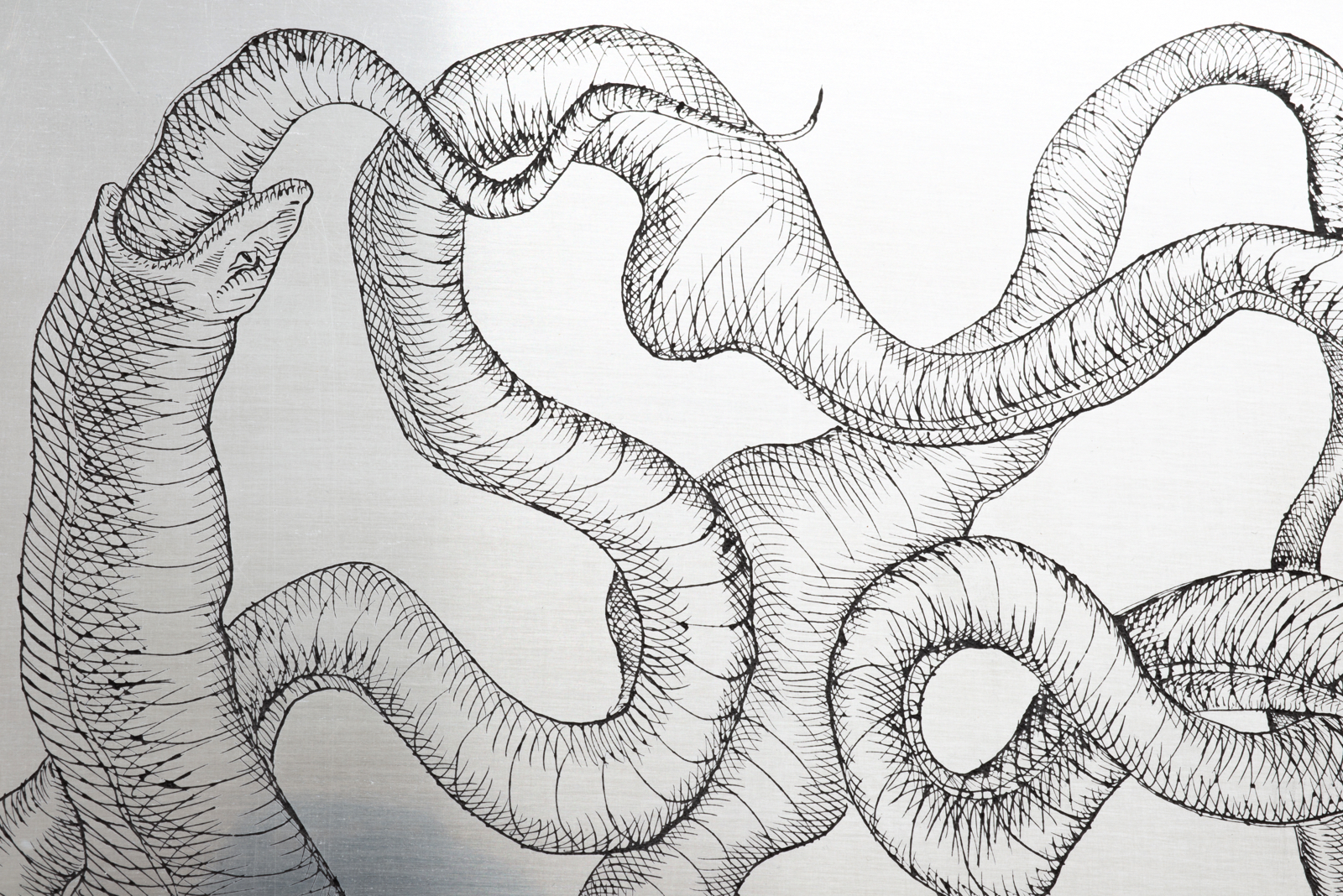
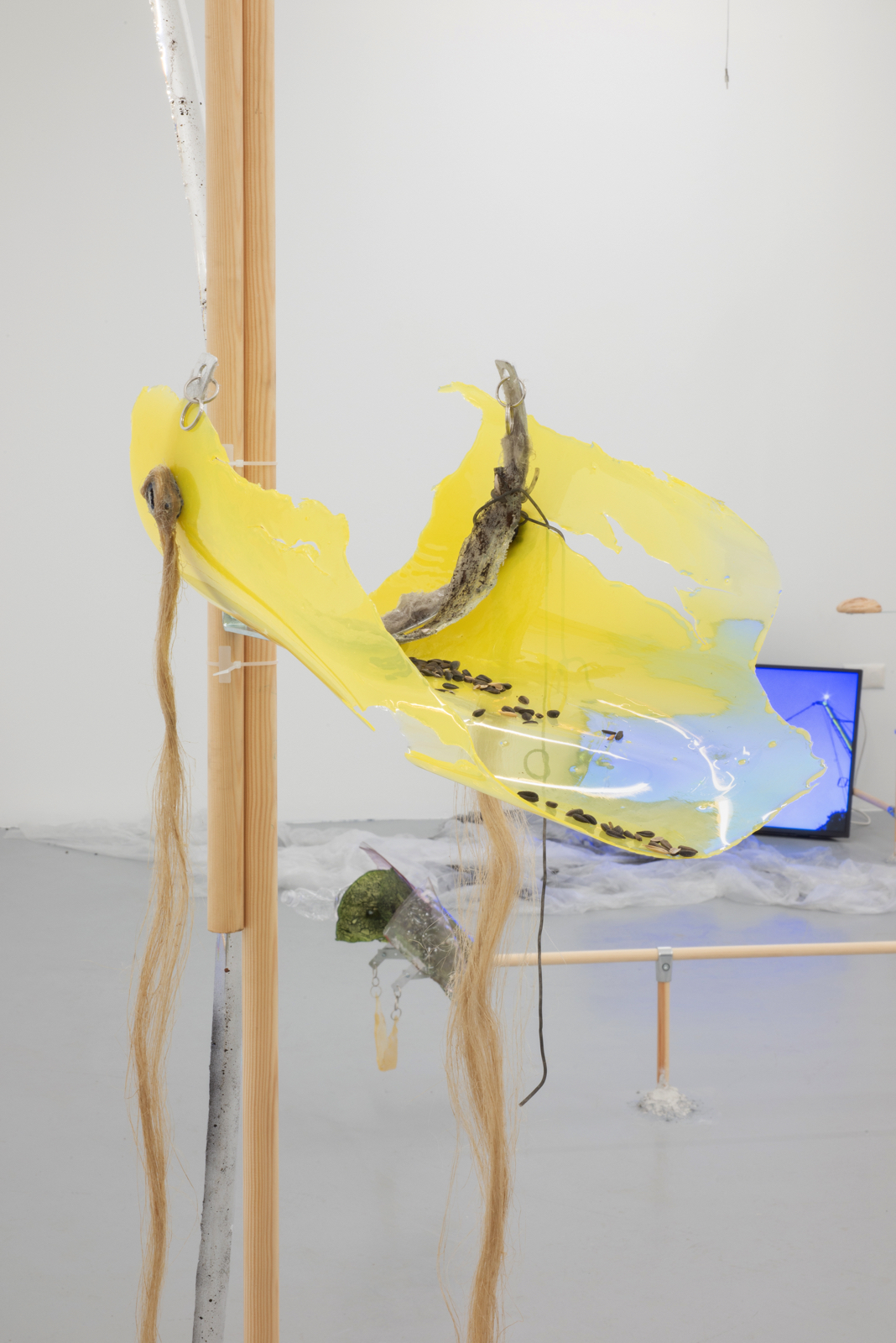
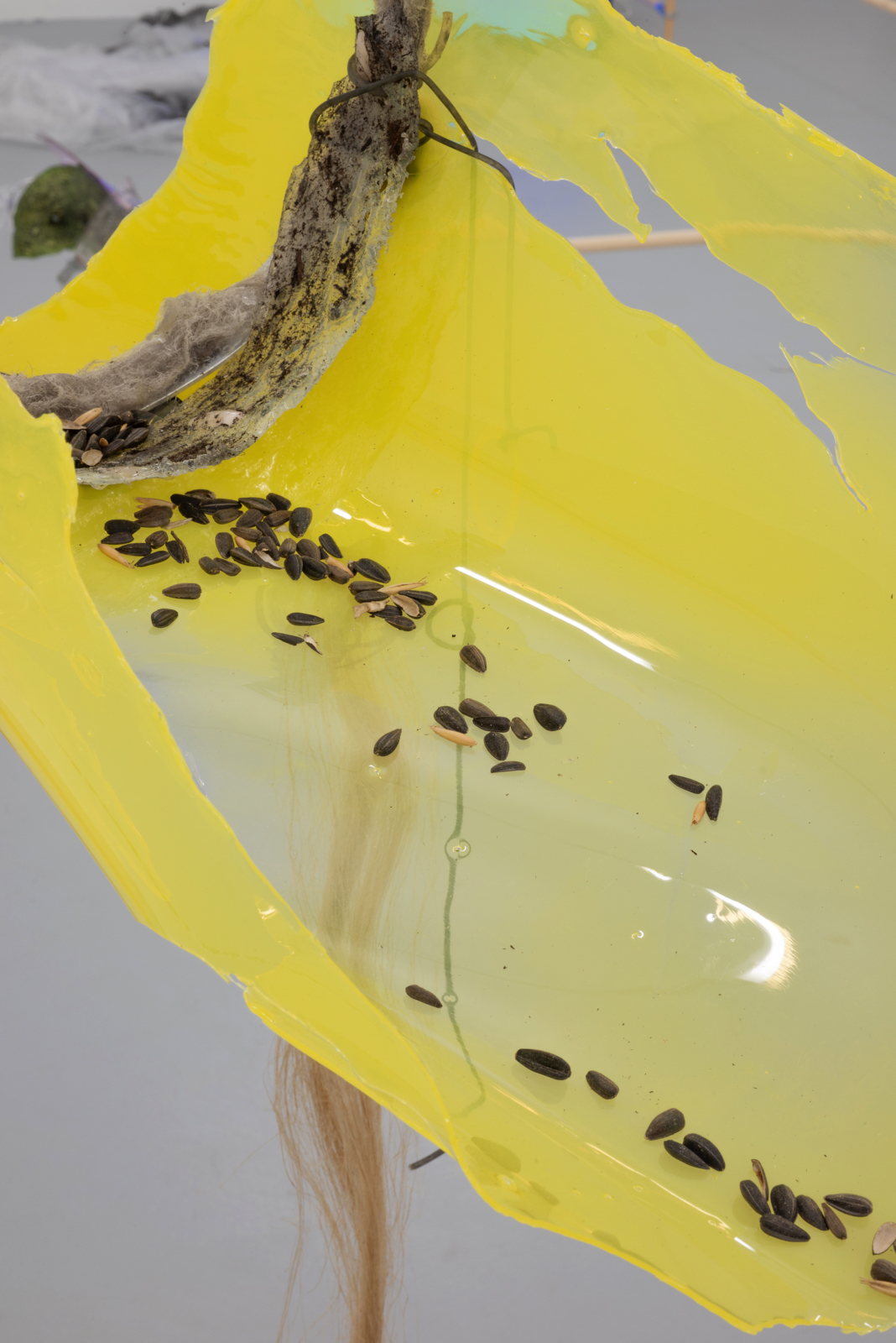
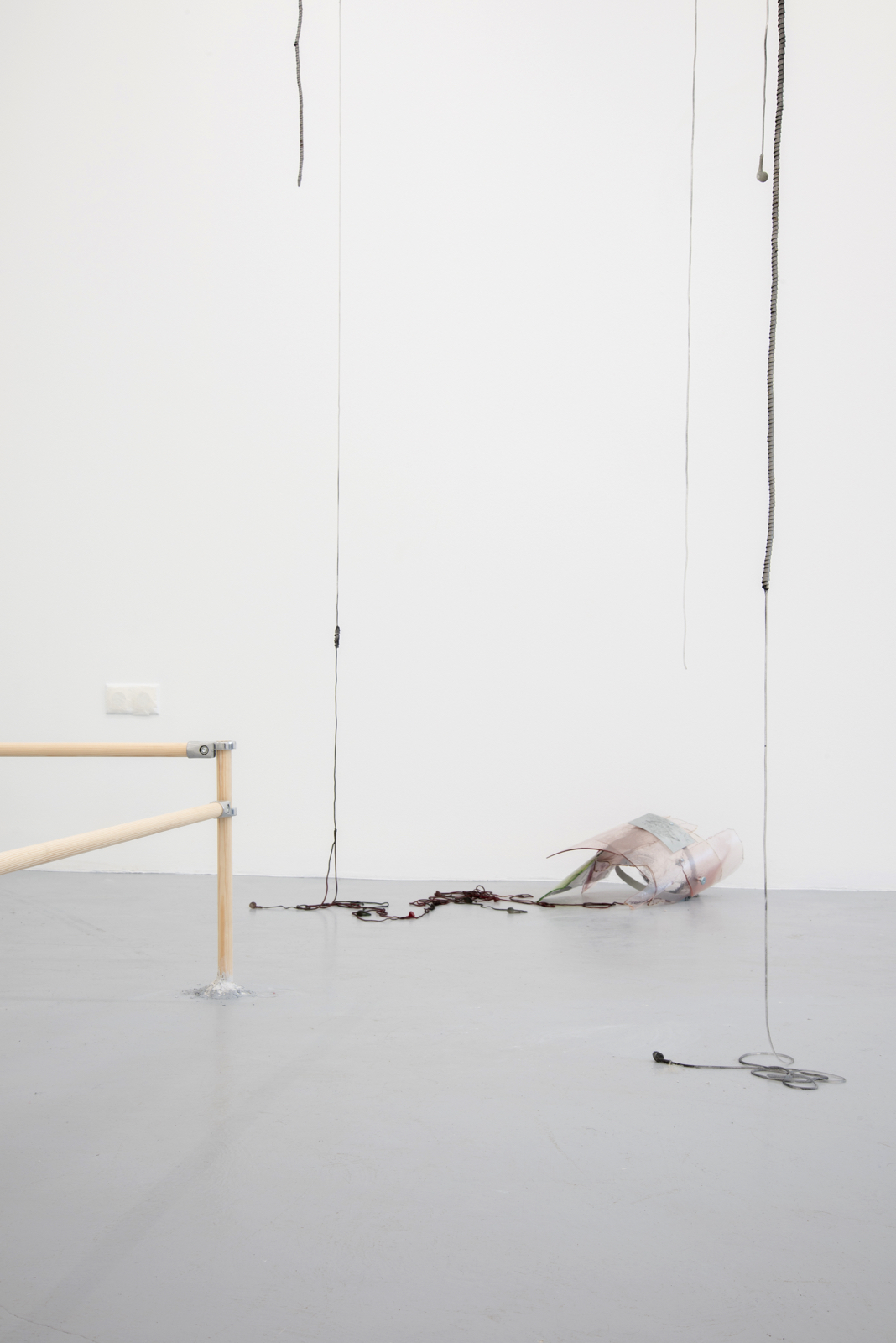
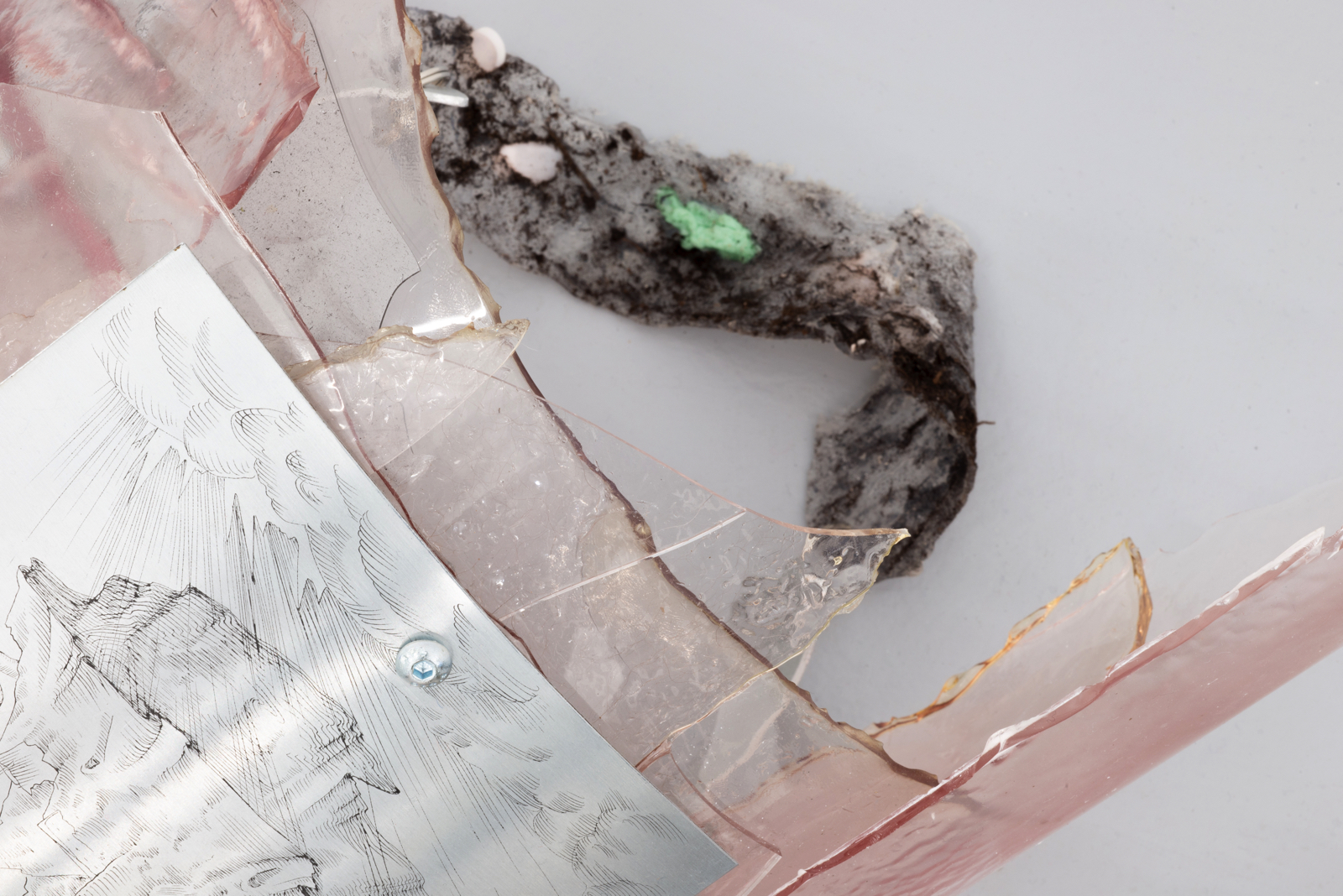
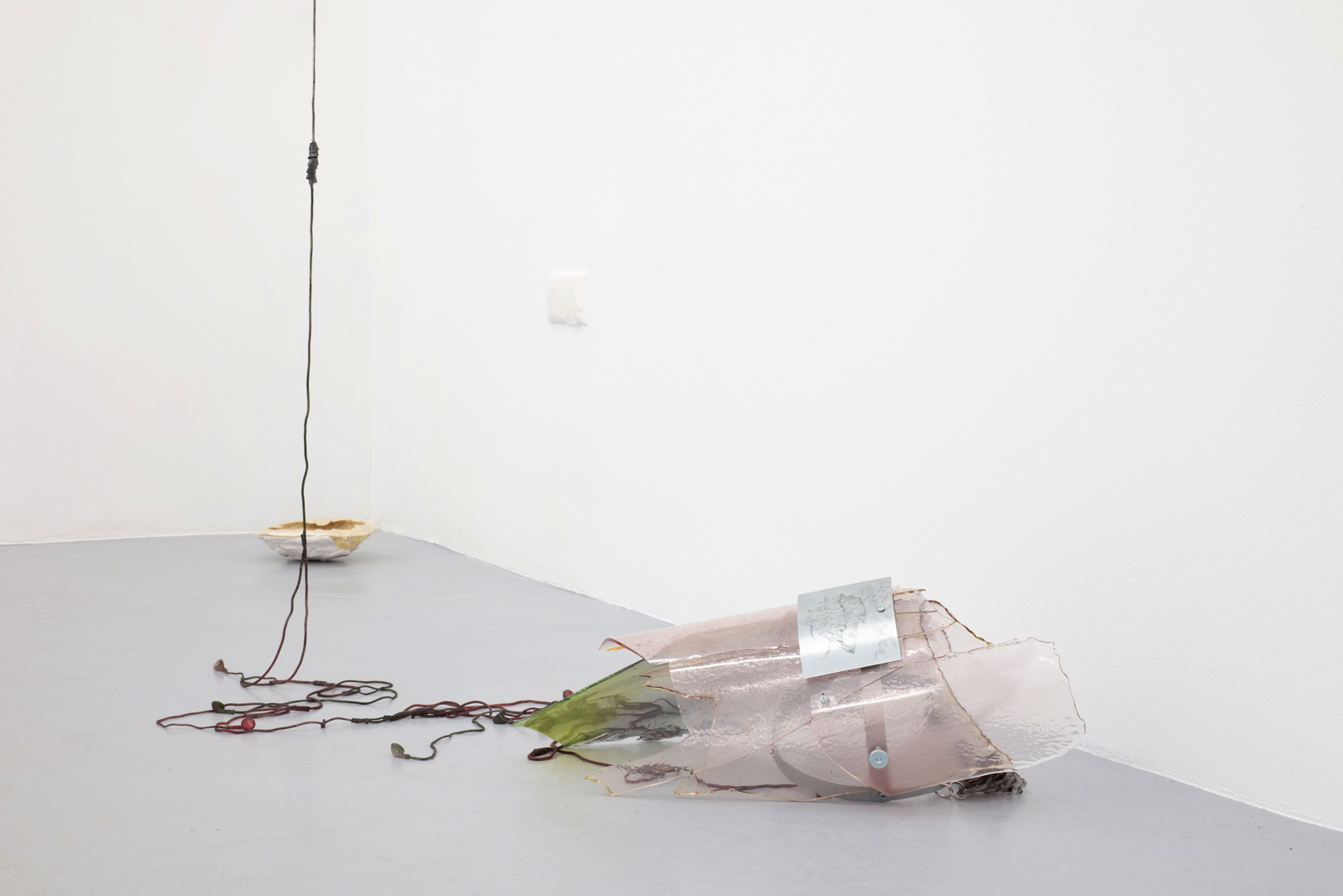

 Museum of Baltic Remont
Museum of Baltic Remont